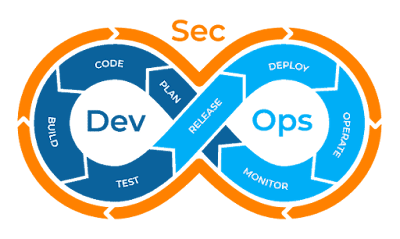5 Steps To Effective Monitoring And Analytics In Hybrid It Environment And It Environment Management
Hybrid IT is the new normal. Technologies that power your business are increasingly spreading across your on-premises data centres, public cloud and private cloud environments. Hybrid It environment offer benefits, but they can also introduce greater complexity and management challenges.
As hybrid, IT provides better function-ability although potential risks, there are few strategies that can make effective monitoring which can help building better It environment management systems. These strategies incorporate cultural, technological and business process that is a hybrid approach to a hybrid approach.
Efficient Network Management
To optimize a hybrid cloud deployment, efficient network management is a must. Without it, network bottlenecks, especially within wide area networks, can occur, hampering performance and slowing data transfers between public and private clouds. While some businesses attempt to rely on traditional internet connections to link their private cloud to a public cloud provider, bandwidth can be an issue. One option is to update your internet lines for increased speed -- but this can be pricey.
Instead, consider private networking options, such as the virtual private network or a direct connection service from a public cloud provider. With a direct connection service, such as those from Amazon Web Services (AWS) or Azure, users can access a private, dedicated line that speeds the transfer of data from their own data centre to the public cloud.
Use A Micro-Service Architecture And Automation
To use micro-service architecture provides a better understanding of the process and a good control over the data to be transferred, and to share it to public servers or not. But agility also demands a greater automation, administrators must integrate the operations layer with machine learning algorithms that automatically scale, move and re-mediate services. And the algorithms must be fixed priorly as per use of the firm and as per delicacy of the data.
Make Monitoring A Core Discipline
Much has been written about the need for monitoring. It’s even more important in a hybrid It environment, where administrators must maintain a holistic view of their agencies’ entire infrastructure. Monitoring provides valuable insight into what’s working and what’s not, and it allows staff to react quickly to potential issues, enabling a more proactive IT strategy.
Using Tiered Storage System Within A Hybrid Cloud
To create a tiered storage system within a hybrid cloud, IT teams should keep some best practices in mind. For example, it's generally best to keep the primary storage system on a private cloud, if that's where the majority of applications run, and to keep the secondary storage system on the public cloud. The primary system should be the highest-performing, and store the files and data that the applications require to run.The secondary storage system in the public cloud is typically for active backup of the primary system, or to store older data, thereby freeing up space in the primary system.
While archived storage isn't always a requirement, it is recommended. For long-term, archival data, consider options such as AWS Glacier or Google Cloud Storage Near line. Among other benefits, tiered storage in a hybrid cloud deployment helps organizations ensure automatic redundancy and reduces the risk of data loss. However, it's crucial to fully test the storage architecture to make sure it meets your needs.
Data Management Techniques
Hybrid cloud data management techniques, such as deciding which data to keep in both private and public clouds, are critical to avoid bottlenecks and optimize performance. IT teams should also determine where to make asynchronous updates, and which in-house or primary data copies -- such as order numbers -- require synchronous updates.
To reduce traffic in a hybrid cloud deployment, consider sharing your data. To move bulk data to the public cloud -- a common challenge for IT teams -- consider the transportation of old-fashioned tape or disk. But remember, encrypting that data is a must.







Comments
Post a Comment